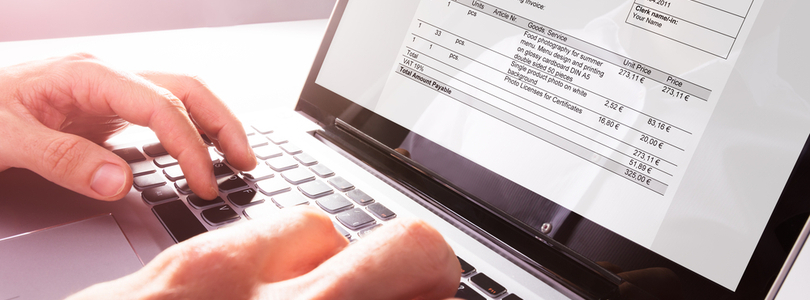This year might be unpredictable, but that doesn’t mean it has to be unprofitable. With modern billing, you can keep track of your bottom line just like the most profitable law firms do. From best practices to specific tactics to keeping money coming in the door, we’ll show you how to keep your numbers out of the red.
Law firm billing – usually
Billing at firms, no matter what size they are, looks very similar:
- Daily entries are made and then those are reviewed to create an invoice
- Invoice is sent to the client
- Payments are received and recorded
- If payments aren’t received, collections activities follow
That list seems short and easy enough, doesn’t it? Anyone who has done billing before will tell you otherwise. There’s a lot that goes into making those steps happen, especially when you’re dealing with multiple cases and clients.
Billing Best Practice #1: Make sure billable activities are billed
This is one of those tips where you may be thinking “do they even need to say this? Isn’t that obvious?” But in many law firms, there are plenty of billable activities not making their way onto an invoice. It’s not just time spent talking with a client or being in court – you also need to keep track of emails and miscellaneous tasks.
When all your systems are separate, you have to do it manually. Not impossible, as long as you’re diligent, but it does make it way more likely items are going to slip through the cracks. This is when a billing program that ties to your calendar, email, documents, and tasks comes into play. Assign the task to a case, log the time and it’s billed – easy.
And easy = something you’re going to do day in and day out.
Billing Best Practice #2: Don’t miss out on client costs
Let’s say you’re working on a case and need to pay for something out of pocket. If you forget to track that, it means your profit is taking a direct hit. AKA you’re making less money for the same amount of work.
Modern technology can come to the rescue here too. Tools like integrated bank fees, cost import, and mobile access combined with set billing and accounting processes mean those expenses are going to be billed. Whether or not they’re reimbursed all depends on your client paying though!
Which leads us to….
Billing Best Practice #3: Have an efficient collections process
Not getting paid happens for a variety of reasons Some clients are forgetful. Some are busy. And others think if they don’t pay the bill will go away. Whatever the reason, the only thing that matters is that it’s hurting your cash flow. And if you don’t have a plan in place, you’re going to waste time on inefficient collections efforts and lose out on payment. Good-bye being profitable.
So what’s a lawyer to do? Here are a few ways to keep your collections process streamlined through processes and technology:
- Bill on a regular schedule
- Keep the invoices clean and straightforward, making it clear what the client is paying for
- Set up automatic reminder notices
- Keep track of all your retainer balances. If one gets too low, send out automated replenishment notices
With the right tool, many of those tasks can be automated and others made easier.
Billing Best Practice #4: Automate bulk billing
If you’re sending out invoices one at a time, you’re wasting valuable time. Batch billing can change that. By sending out invoices routinely and generating them in batches, you’ll be able to get them in the hands of your clients more quickly. Faster invoicing means faster payments.
Look for a program that lets you batch print and batch email to get maximum efficiency in your billing.
Looking for #5 or more details on how to incorporate these best practices into your law firm? Check out our webinar, Top 5 Billing Practices for Profitable Law Firms.

